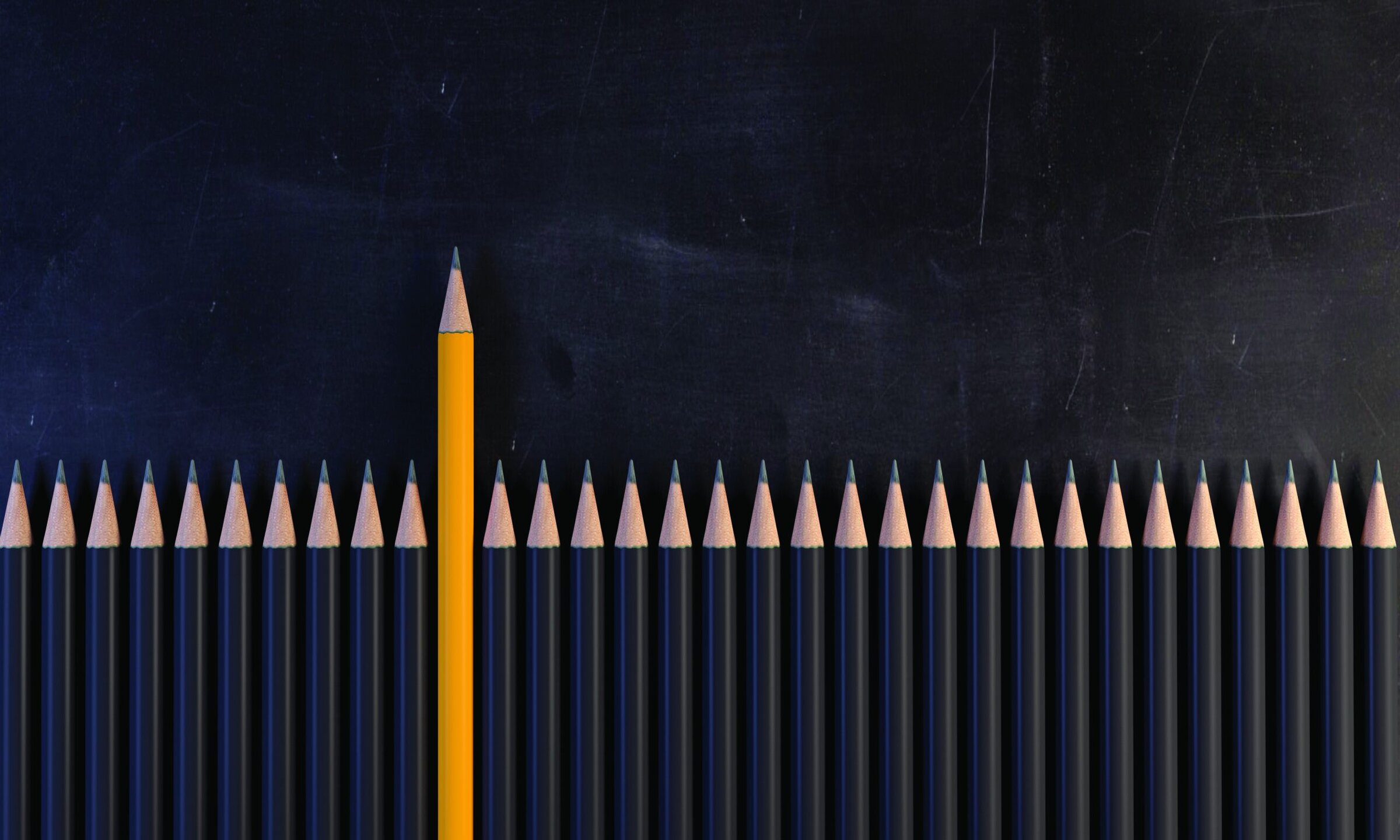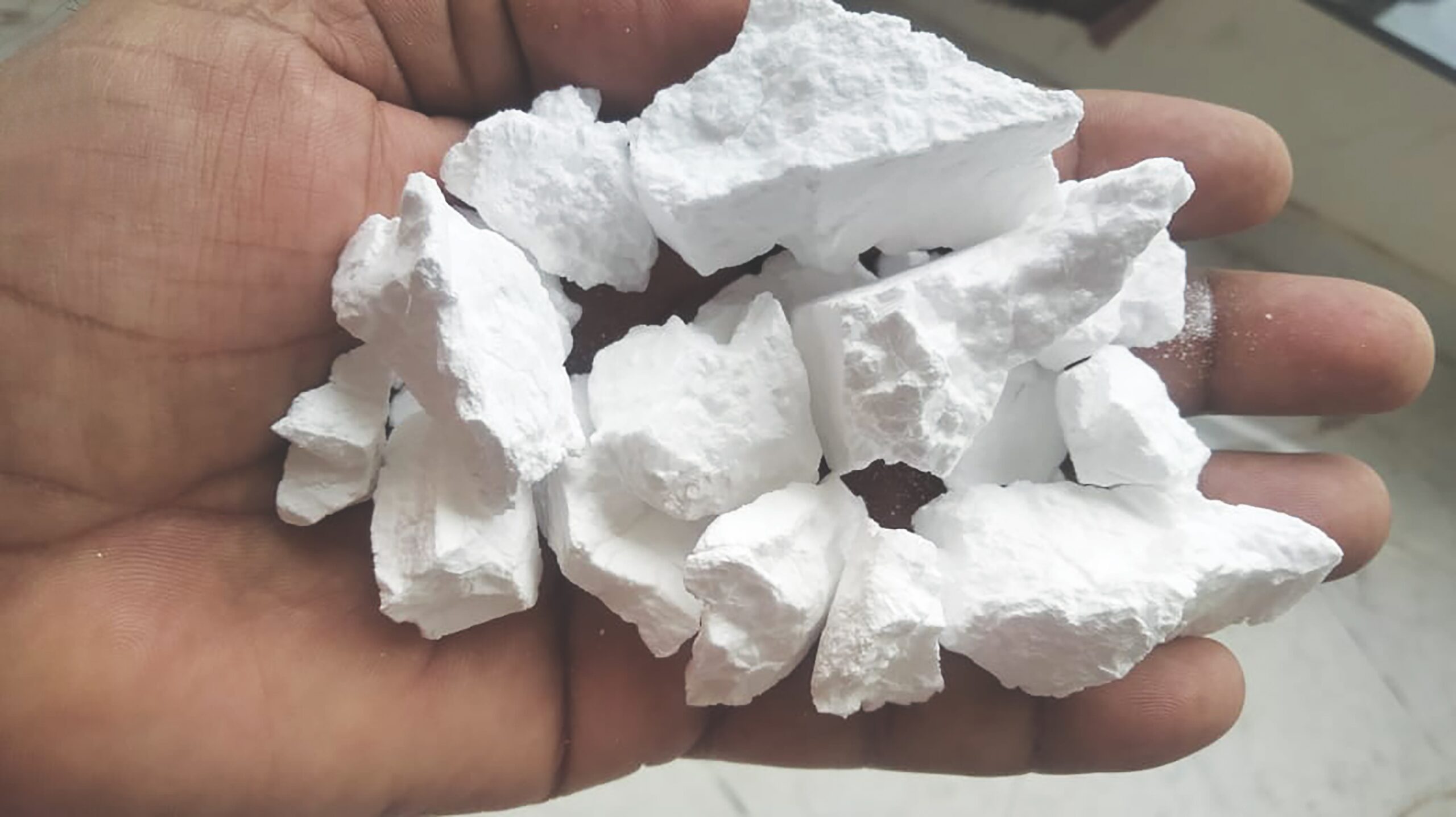Education outreach is critical to recruit the next generation of ceramic and glass scientists and engineers—but it also provides a fun science experience to youth that just might inspire a STEM career.
Recognizing the importance of education outreach, ACerS established an Education Committee around 1991 at the behest of then ACerS president Bob Egan. I was part of this team of motivated individuals who assembled and met at the Annual Meeting, where we defined goals and a strategy and began forming an action plan.
The Committee chose two primary areas of focus: outreach to the community and continuing education to members. We implemented continuing education by helping develop National Institute of Ceramic Engineers (NICE) short courses to be offered in conjunction with annual meetings. I prepared a course on structural ceramics and recruited Richard Mistler, Ilhan Aksay, and Bryan McEntire to join me in a course on fabrication of ceramics. We later added other courses, such as sintering.
The Committee’s first outreach project was to assemble a Ceramic Demonstration Kit that could be used by individuals and distributed to Sections, student groups, and universities. Mark Glasper, who was ACerS communications director at that time, worked closely with the Committee to assemble and distribute kits.
The first kits contained about 12 items, including a space shuttle tile, a catalytic converter substrate, and a superconductor demonstration set (Figure 1). I still have one of the first kits and have used it extensively over the years at the University of Utah and visits to schools and various community organizations.

Figure 1. Typical ceramic items in an early ACerS Education Committee Ceramic Demonstration Kit (clockwise from upper left): molten metal filters, zirconia extrusion die, cordierite catalytic converter substrate, early space shuttle tile, superconductor demonstration set, silicon nitride cutting tool inserts, piezoelectric transducer, alumina IC package, zirconia oxygen sensor, alumina thread guide, silicon nitride bearing, and zirconia pump ball. Credit: David W. Richerson
Once the committee assembled the kits, we provided training seminars to Sections at annual meetings to encourage use of the kits.
The committee initiated and implemented many other outreach activities with ACerS support: Ceramic Science and Engineering Day at a high school in Westerville, Ohio; visits of high school teachers and students to the Expo at the ACerS Annual Meeting; broad distribution of periodic tables; and an ACerS traveling museum exhibit.
The traveling museum exhibit was titled The Magic of Ceramics and included 10 large display cases containing various ceramic and glass applications. The exhibit covered topics such as electrical and electronic ceramics, optical ceramics and glass, structural ceramics and composites, automotive ceramics (including magnetic and piezoelectric), and beautiful ceramic and glass art.
The exhibit was part of the ACerS centennial celebration and traveled around the United States for three years, visiting nine different cities. In each city, we trained local members and Sections to conduct tours and outreach activities. The exhibit introduced hundreds of thousands of people to ceramics and glass.
After touring, the traveling museum exhibit was set up for a couple of years at ACerS headquarters in Westerville, Ohio.
Because the exhibit represented such an excellent cross-section of uses of ceramics and glass, and because I had photographs of all the items in the exhibit, I offered to write an outreach book to be published by ACerS.
This book would be different than anything ACerS had published previously. First, it would have to be in color and written at a level understandable by the general public. Second, it would have to be much less expensive than the technical volumes normally published by ACerS.
The Society stepped up to this challenge—and the result was the book “The Magic of Ceramics.”
In addition to the Society, students also stepped up to the challenge of ceramics outreach. They expanded use of demonstration kits, wrote curriculum materials, and developed classroom experiments to provide hands-on experience in materials science and engineering for middle school and high school teachers and students. These projects evolved into the Materials Science Classroom Kits that are supported today by the Ceramic and Glass Industry Foundation (CGIF).
My experience with education outreach
Now that you have the background, I can get to the important question—how can you participate?
I will share my journey through education outreach to provide some inspiration and examples.
As materials science and engineering students assumed leadership in outreach activities, I changed my personal focus to local projects. My concern was that K–12 students were not getting enough exposure to science and were not going into STEM fields. My goal was to find one fun and meaningful activity that would fit into the curriculum for each grade level.
Through substitute teaching, my wife learned that earth science was part of the 2nd and 4th grade curriculum, but that many of the teachers had no background in earth science and were uncomfortable teaching the subject.
I have been interested in minerals and fossils since elementary school, so I began receiving invitations from teachers to visit their classes. Within a few years, I was visiting as many as 20 classes per year and had prepared study modules on minerals and fossils that I could leave with each class. Figure 2 shows a portion of one of these study modules that illustrates various types of fossils. Such modules are easy to assemble and can be used over and over.
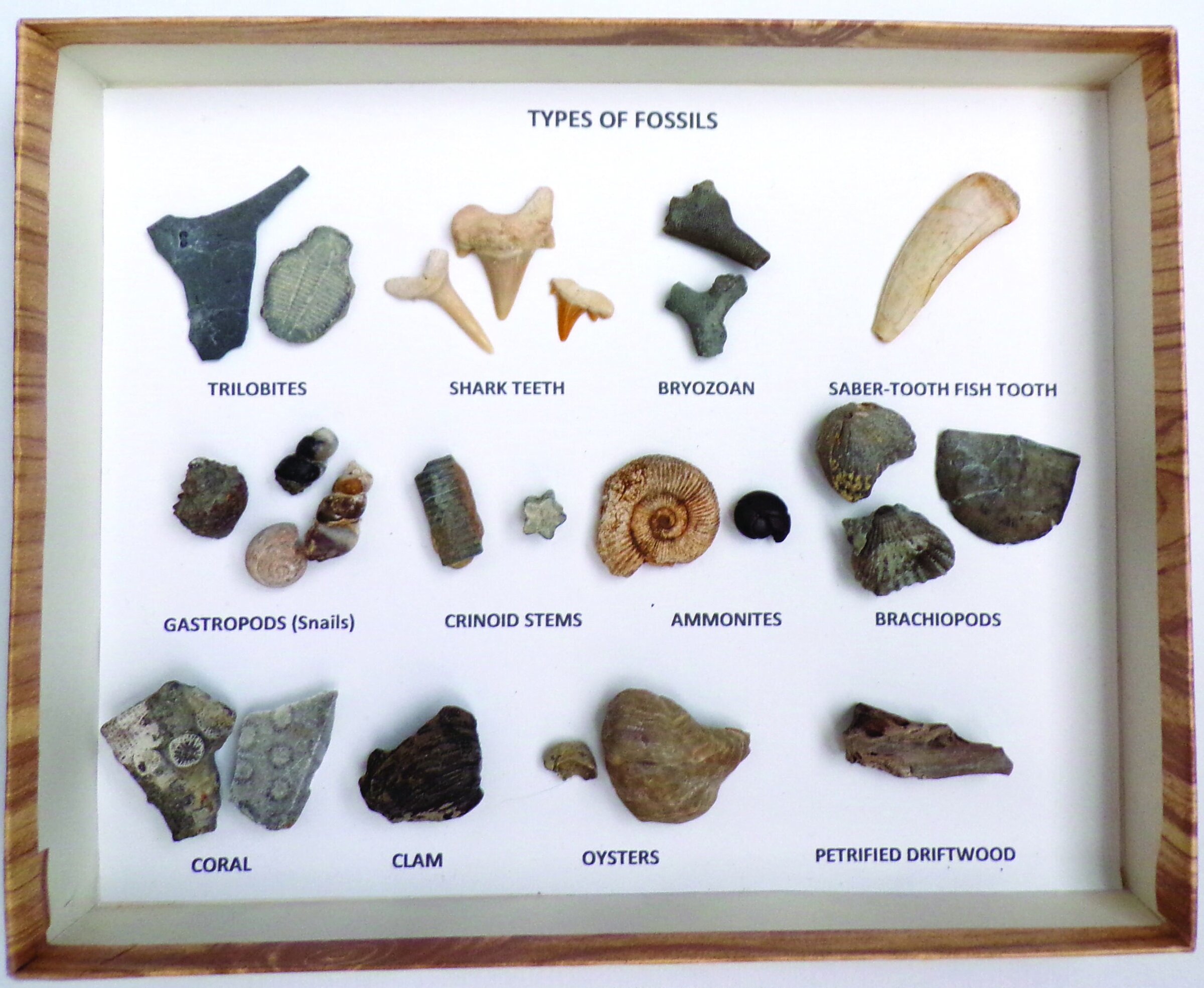
Figure 2. One example of various fossil study modules used in 4th grade classes. Credit: David W. Richerson
To check what is taught in each grade in your town, go to the website for your local school district. If you have children or grandchildren in school, talk to their teachers and ask if some portion of the science curriculum could be enhanced.
Over the years, I developed an outreach partnership with the Geology and Geophysics Department at the University of Utah. One of the professors was working on a National Science Foundation (NSF) proposal to gather data on carbon dioxide from human compared to natural sources, which became known as the UTES program.
I joined the program to design outreach and year-long partnerships in schools, starting projects on energy and air quality in 5th and 6th grades. These projects are another science-based activity that anyone in the ceramic and glass fields could easily take into school classes. Part of the approach I have used is discussion about energy efficiency, air pollution, and how materials play an important role in solving these issues.
When the UTES program ended, I contacted Lynnette Madsen at NSF and recommended a small program to continue efforts with 5th and 6th grade classes. This suggestion resulted in the Materials Science and Engineering for a Sustainable Future program (NSF grant DMR-0652634). Over a period of about five years, I developed year-long partnerships with several schools.
At these schools, I visited classes at the beginning of the school year and talked with students about sources of pollution in the Salt Lake Valley, where bad air often results from inversion layers. I would challenge students to study issues of energy production (which in Utah was mostly burning coal) and sources of air pollution and then to plan and implement projects to reach out to their parents, communities, and even the governor and legislators.

Figure 3. Members of the Morningside Elementary Get Really Energy Efficient Now (GREEN) team meeting with then Utah governor John Huntsman Jr., who supported the students’ “Change a Light, Save the World” initiative. Credit: David W. Richerson
Students at one school, Morningside Elementary, were so effective that they got bills introduced and passed in the legislature and even got the governor to declare special days, such as “Change a Light” (switch from incandescent to fluorescent and LED) , “Stop Idling,” and “Clean the Air” days (Figure 3).
Morningside students on the Stop Wasting Energy Everywhere Today (SWEET) team also met with Jane Goodall when she visited Salt Lake City (Figure 4). Morningside classes won the state Community Problem Solving award seven years in a row and went on to win top honors at the national level. One year, they won the Presidential Award and were invited to Washington, D.C.
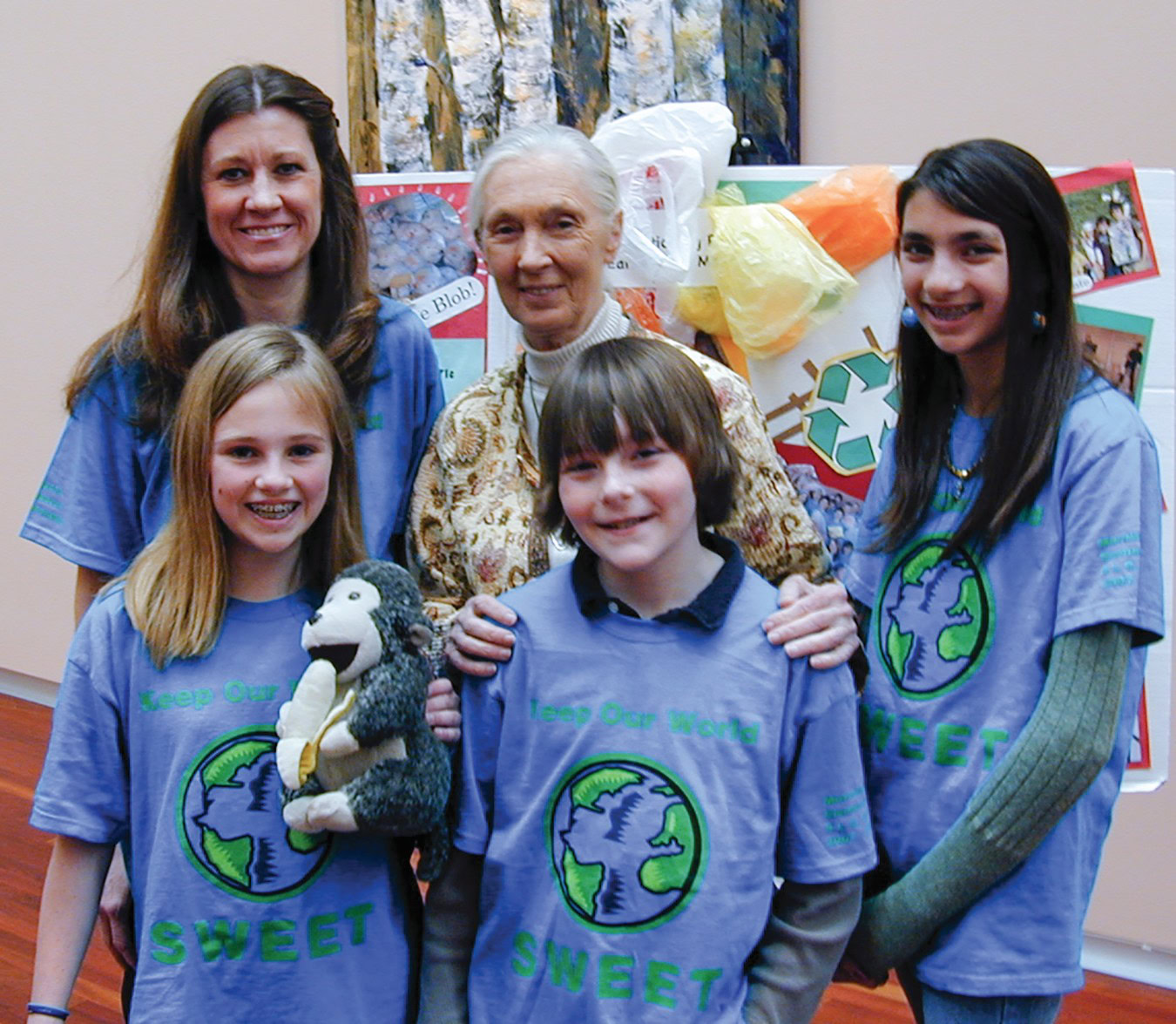
Figure 4. Morningside Elementary Stop Wasting Energy Everywhere Today (SWEET) team students with their teacher and Jane Goodall. The students presented at a press conference for Goodall. Credit: David W. Richerson
Subsequent to the NSF program, I conducted an energy and air quality program in 5th and 6th grade classes in Tucson, Ariz., through Advanced Ceramics Research Foundation funding from the U.S. Department of Labor. Figure 5 illustrates one of the hands-on activities at the Gallego School in this program.

Figure 5. Students at Gallego School in Tucson, Arizona showing their toothpick and marshmallow models that demonstrate the combustion of methane. Credit: David W. Richerson
You may think that such activities would take a great deal of my time, but that was not the case. I typically visited a class about six times during the year and then joined them on some outreach activities, such as visits to the governor and legislature.
The key was finding a great teacher as a partner. Anyone can have an important impact on science education with relatively small time commitment by simply partnering with a motivated teacher. The teacher I worked with at Morningside Elementary went on to lead state-wide restructuring of the curriculum, so the small NSF program had a significant long-term impact on science education.
In support of the 6th grade outreach activities, I organized city-wide venues where students could communicate what they were learning. These included art exhibits on energy and air quality and an annual Library Square Festival of Science and Art, where I partnered with about a dozen other community and university organizations.
I also became active in the Utah Alliance for Science, Math, and Technology Education, where I met other individuals that led to collaborations.
Another personal goal is to extend career opportunity information to middle school and high school students. I have visited several classes and participated in various career day activities using the Ceramic Demonstration Kit. Anyone in materials science can easily do this—the first time may be a little intimidating, but then it is easy, fun, and effective. The kids really respond to hands-on activities.
My largest outreach effort with high school students resulted when Anil Virkar, then department chair for the Materials Science and Engineering Department at the University of Utah, asked me to plan and propose a program to NSF.
I partnered with faculty from each engineering department at the university, and together we proposed a program in which student teams in each department would plan hands-on activities and demonstrations (following the idea of the Ceramic Demonstration Kit). The goal was to inform high school students about career opportunities in engineering and to ultimately reach the governor’s goal to double the number of engineering students at the University of Utah.
NSF funded the program—not only did it greatly increase knowledge and interest of high school teachers and students in science and engineering, but it also stimulated a life-long enthusiasm of participating university professors and students in science outreach. Figure 6 shows a demonstration with a space shuttle tile at a high school class.
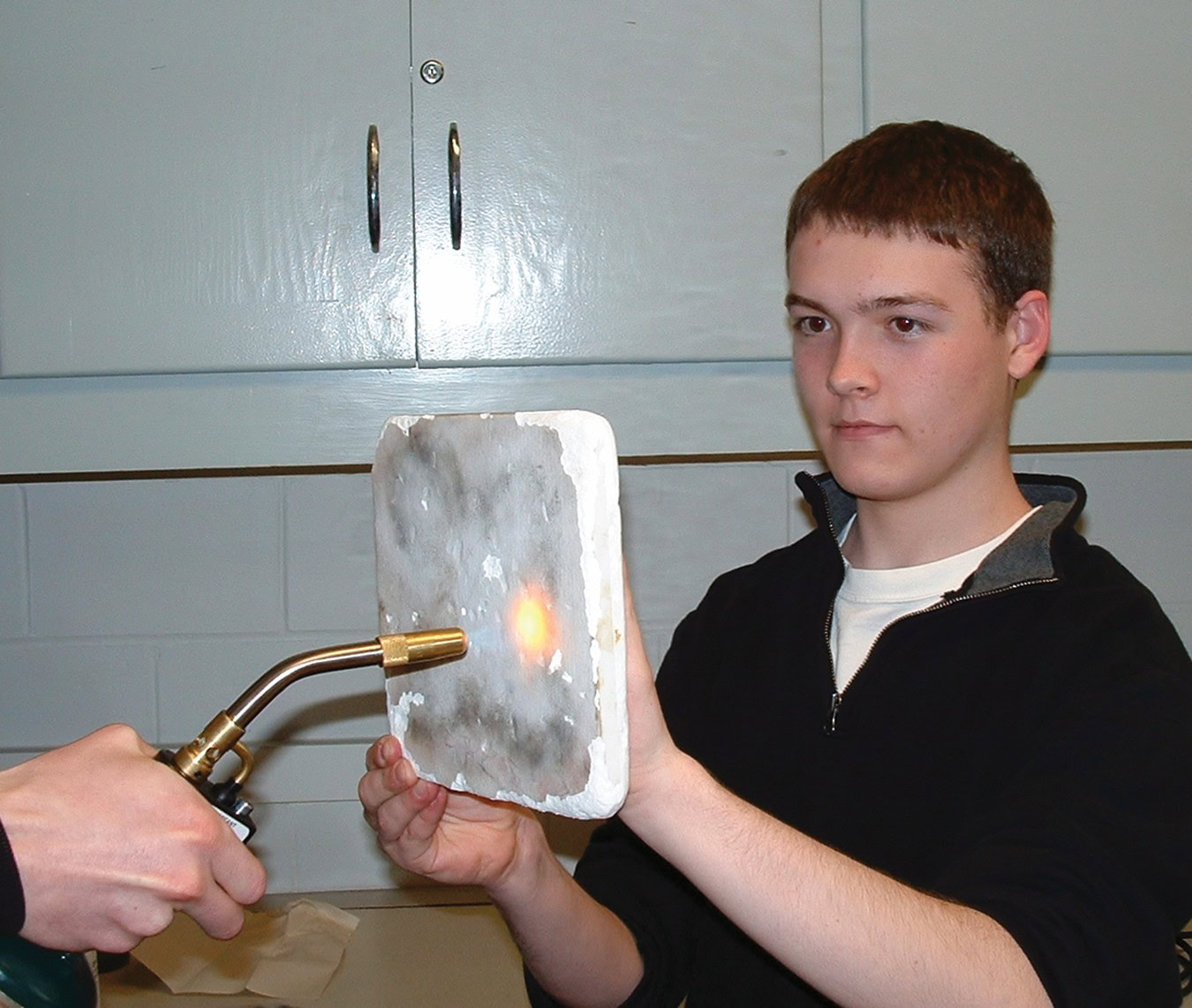
Figure 6. The Materials Science and Engineering outreach team demonstrates the heat resistance of a space shuttle tile from the Ceramic Demonstration Kit. Credit: David W. Richerson
Now, it is your turn
So how can you participate?
The easiest way is to support students through the CGIF by distributing Materials Science Classroom Kits to teachers and schools in your town. You can help as an individual or by encouraging your company or local ACerS Section to be a sponsor. Visit www.foundation.ceramics.org for more information.
If you have a little extra time and enthusiasm, you can host a materials science workshop at a local school. Or maybe a local school already has a summer science program, such as the Summer Research Institute at Conrad Weiser High School in Robesonia, Pa. Such programs might be very happy to integrate a Materials Science Classroom Kit into their program, especially if you can offer involvement of one or more persons working in the ceramics and glass field.
Use your imagination to come up with your own ideas for outreach—visit the school classes of your children or grandchildren; volunteer a career day presentation at a local middle school; organize an art competition or exhibit with a school or local library, using categories such as pollution control, energy efficiency (lighting, power generation), recycling, or the role of ceramics and glass in architecture; volunteer to be a science fair mentor or judge.
CGIF staff (foundation@ceramics.org) can help and give you other ideas about how to help.
My experience is that outreach projects are fun and personally satisfying, but one always wonders if these projects have a lasting influence on the students.
Early this year, I received an answer to that question. My local community council passed a resolution to establish a Sustainability Task Force with a goal of achieving 100% renewable energy by 2032. One of the people that showed up for the organizational meeting was a young lady who had been a member of the GREEN team at Morningside Elementary. She had gone on to obtain degrees in chemistry and biology and had continued her involvement in environmental stewardship—what a satisfying experience!
If you are interested or motivated to start an outreach effort in you town but are nervous about getting started, I am happy to talk with you. I can also share a copy of one of my NSF reports that describes step-by-step the visits to 5th and 6th grade classes, simple in-class projects, and some of the outreach projects implemented by students.
Cite this article
D. W. Richerson, “How can you participate in ceramics and glass education outreach?,” Am. Ceram. Soc. Bull. 2019, 98(7): 32–35.
About the Author(s)
David W. Richerson is retired from the Materials Science and Engineering Department at the University of Utah; currently manager of minerals at the Natural History Museum of Utah. Contact Richerson at richersond@aol.com.
Related Articles
Bulletin Features
Sintered synthetic cristobalite: Innovative kiln-based thermal transformation of quartz
Cristobalite, a high-temperature polymorph of silica, is widely used in ceramics, glass, paints, refractories, and dental materials due to its low density, high whiteness, thermal expansion behavior, and mechanical stability. Traditional cristobalite production methods rely on static sintering of finely ground quartz at high temperatures (~1,750°C) for extended durations (2–3…
Market Insights
Bioactive glass continues to transform medical care decades after first hitting the market
Almost 60 years ago, a chance meeting led to pioneering work that has improved medical care and seeded future innovations. In the late 1960s, a young professor named Larry Hench traveled to a conference in Sagamore, N.Y., where he happened to sit next to a U.S. Army colonel who was…
Market Insights
Sustainable development and design: Inspiration from landscape-shaping creatures
Animals are not just passive inhabitants of their environment. Many are architects of the natural world, actively shaping landforms and water bodies as they move around, feed, build homes, and reproduce. This impact by animals on different biomes has traditionally been overlooked in the environmental sciences. But scientists and engineers…
